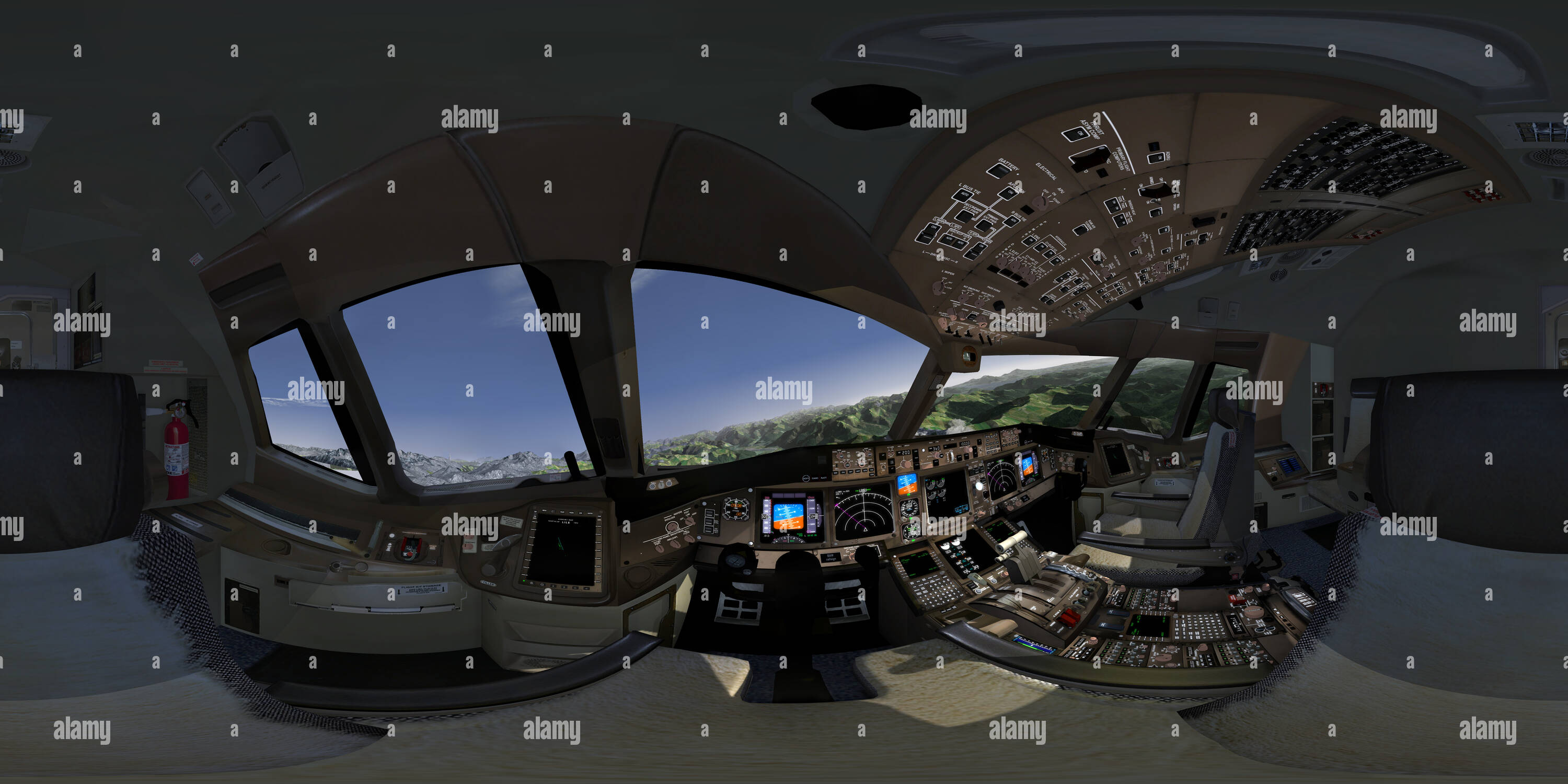
Twelve flight attendants were on board, ten South Korean and two Thai. įour flight attendants seated at the rear were ejected from the aircraft when the tail section broke off, but they survived.
#777 cockpit takeoff cracked
Bong Dong-won received medical treatment for a cracked rib none of the other pilots needed hospital care. 52-year-old Relief Captain Lee Jong-joo ( Korean: 이종주 Hanja: 李 鍾 柱) occupied a business-class seat in the passenger cabin. Īt the time of the crash, 40-year-old relief first officer Bong Dong-won ( Korean: 봉동원 Hanja: 奉 東 元) was observing from the cockpit jump seat. He had 9,793 hours of flying experience, of which 43 were in a 777 over nine flights, and was operating the controls under the supervision of the instructor in the right seat. Ĥ5-year-old Lee Kang-kook ( Korean: 이강국 Hanja: 李 江 鞠) in the left seat (captain's position), was receiving his initial operating experience (IOE) training and was halfway through Asiana's IOE requirements. This was his first flight as an instructor. He had 12,387 hours of flying experience, of which 3,220 hours were in a 777. 49-year-old Captain Lee Jeong-min ( Korean: 이정민 Hanja: 李 鄭 閔) in the right seat (first officer position), filled the dual role of a check/instructor captain and pilot in command, responsible for the safe operation of the flight.

The aircrew consisted of three captains and one first officer. Crew and passengers Nationalities of passengers and crew Nationality This was its first fatal accident, second crash (after British Airways Flight 38), and third hull loss since the 777 began operating commercially in 1995. The Boeing 777 has a good reputation for safety. It was delivered new to Asiana Airlines on March 7, 2006, and at the time of the crash had accumulated 37,120 flight hours and 5,388 (takeoff-and-landing) cycles.
#777 cockpit takeoff registration
The Boeing 777-200ER, registration HL7742, was powered by two Pratt and Whitney PW4090 engines. HL7742, the aircraft involved, landing at Hong Kong International Airport, in 2011

Deficiencies in Boeing's documentation of complex flight control systems and in Asiana Airlines' pilot training were also cited as contributory factors.

National Transportation Safety Board (NTSB) concluded that the accident was caused by the flight crew's mismanagement of the airplane's final approach. It was the first fatal crash of a Boeing 777 since the aircraft type entered service in 1995. : 13 Among the seriously injured were four flight attendants who were thrown onto the runway while still strapped in their seats when the tail section broke off after striking the seawall short of the runway. Of the 307 people on board, 3 died another 187 were injured, 49 of them seriously. On the morning of July 6, 2013, the Boeing 777-200ER operating the flight stalled and crashed on final approach into San Francisco International Airport in the United States. San Francisco International Airport, San Mateo County, United StatesĪsiana Airlines Flight 214 was a scheduled transpacific passenger flight originating from Incheon International Airport near Seoul, South Korea. Incheon International Airport, Jung District, Incheon, South Korea The wreckage of the Boeing 777 at San Francisco International Airport the day after the crashĬontrolled flight into terrain due to pilot error and pilot fatigue


 0 kommentar(er)
0 kommentar(er)
